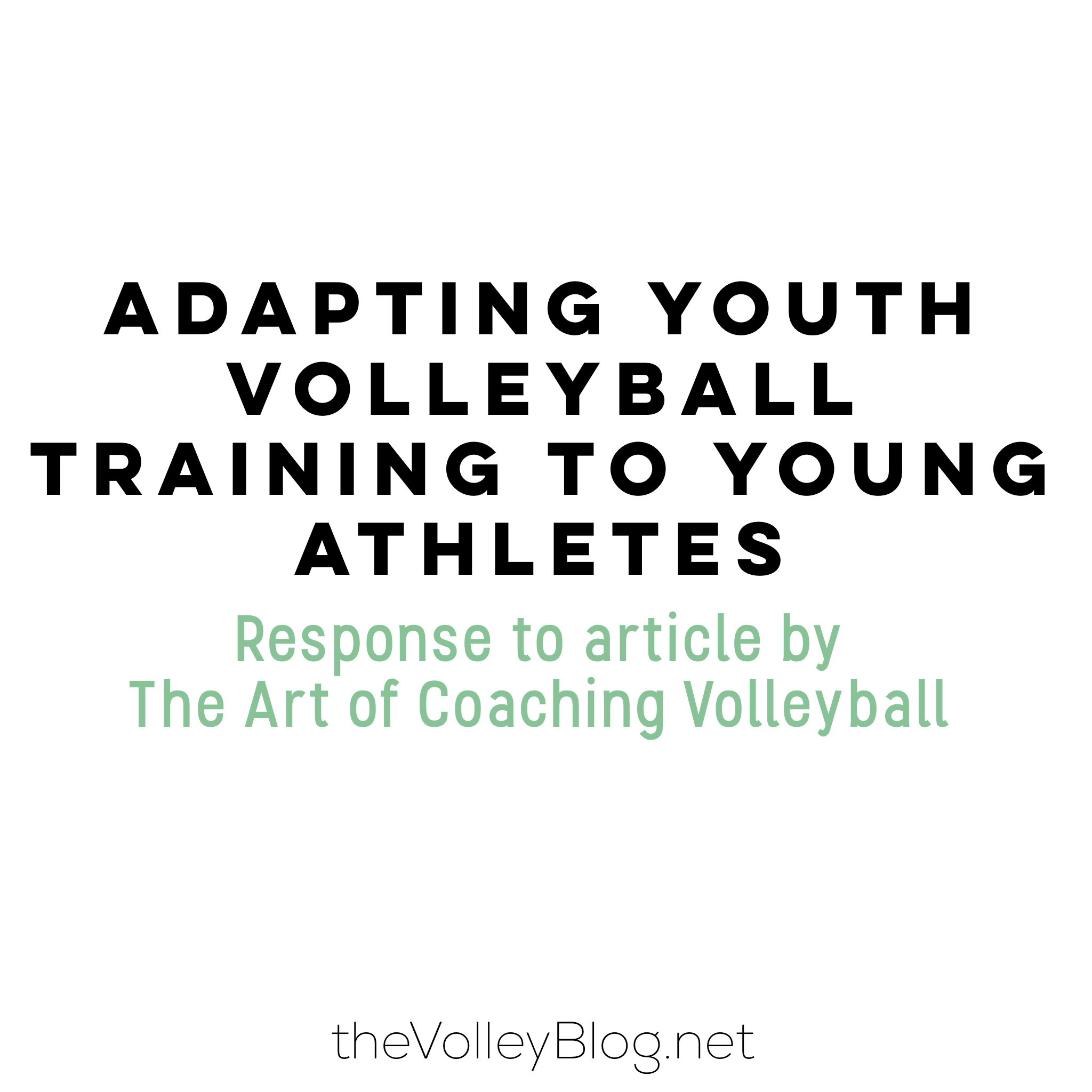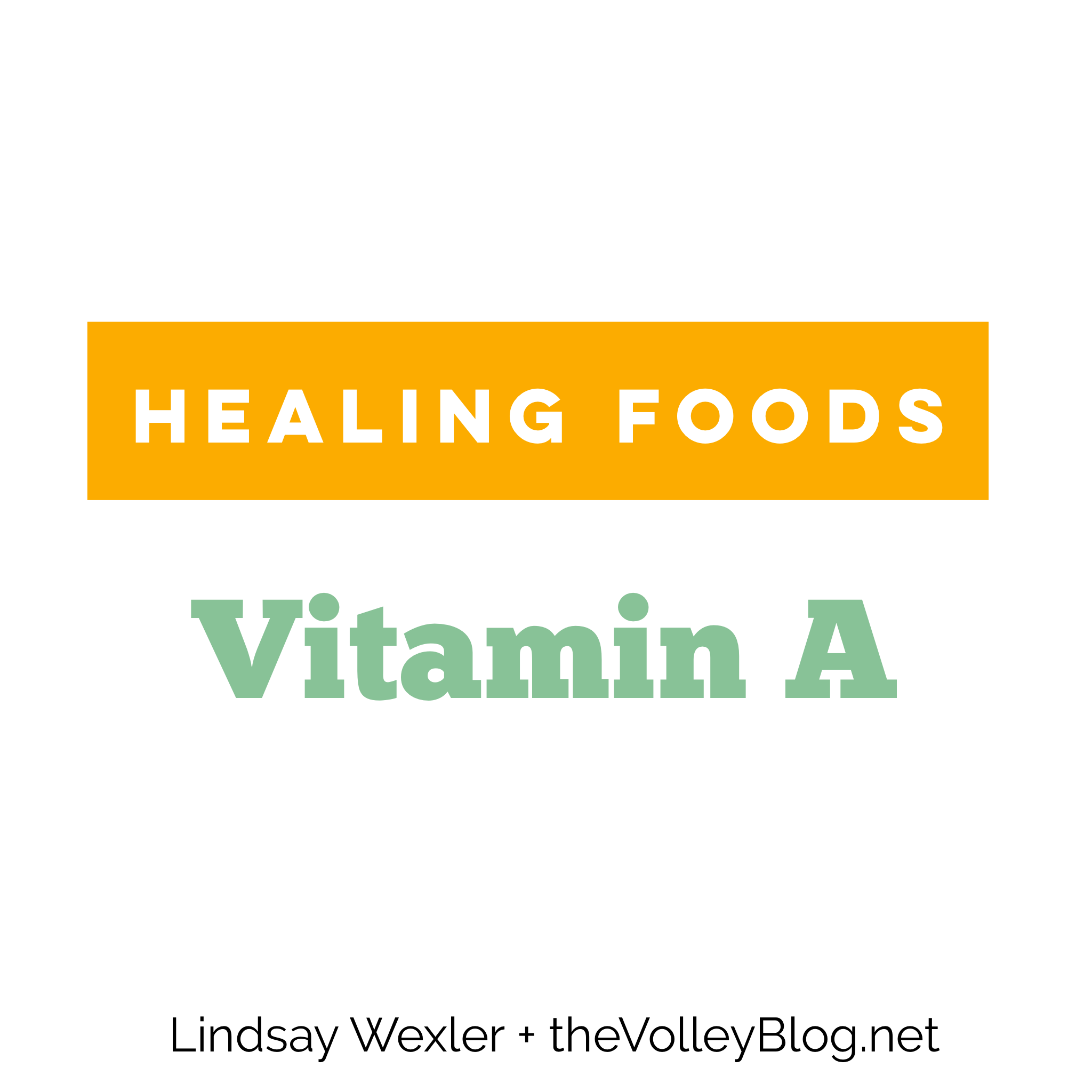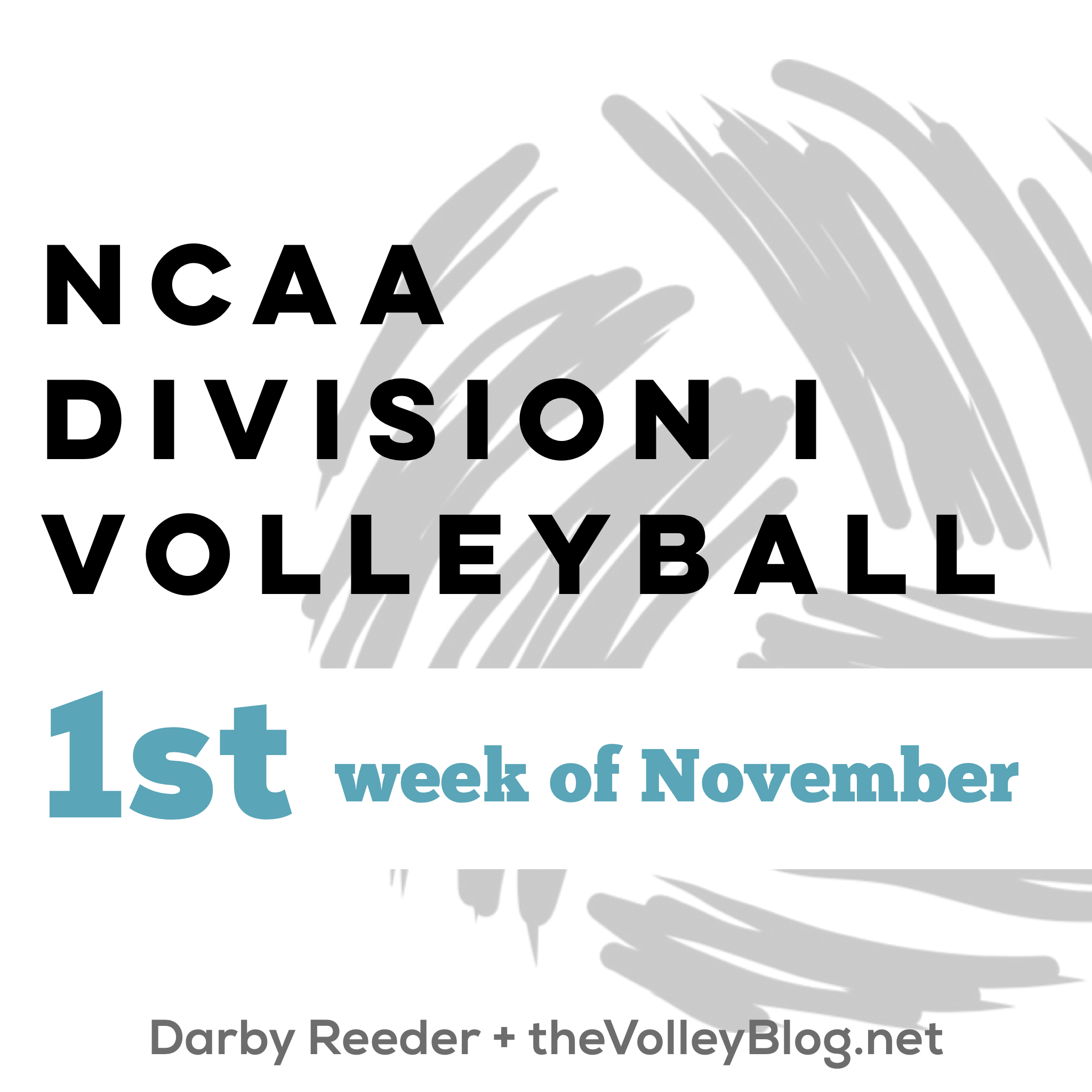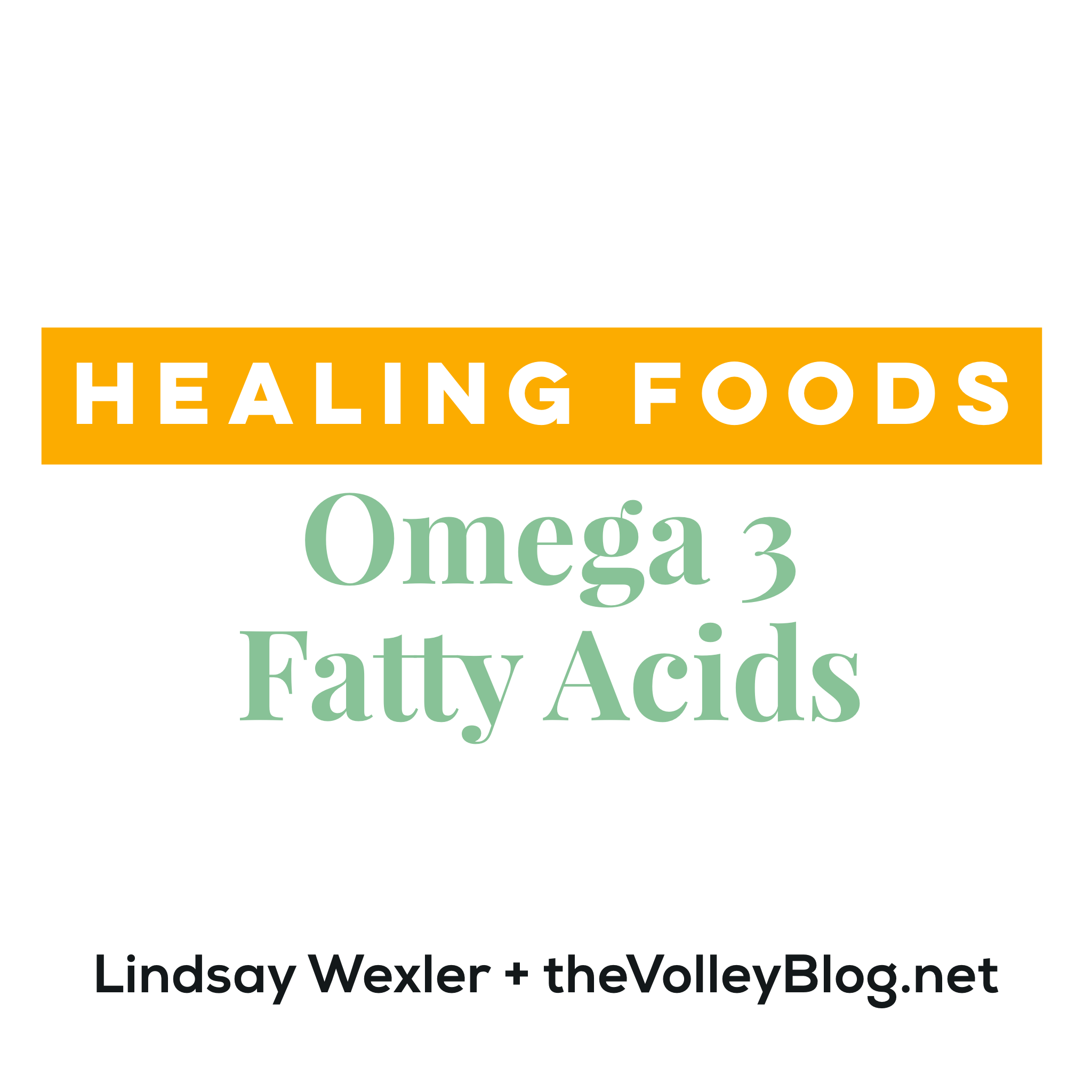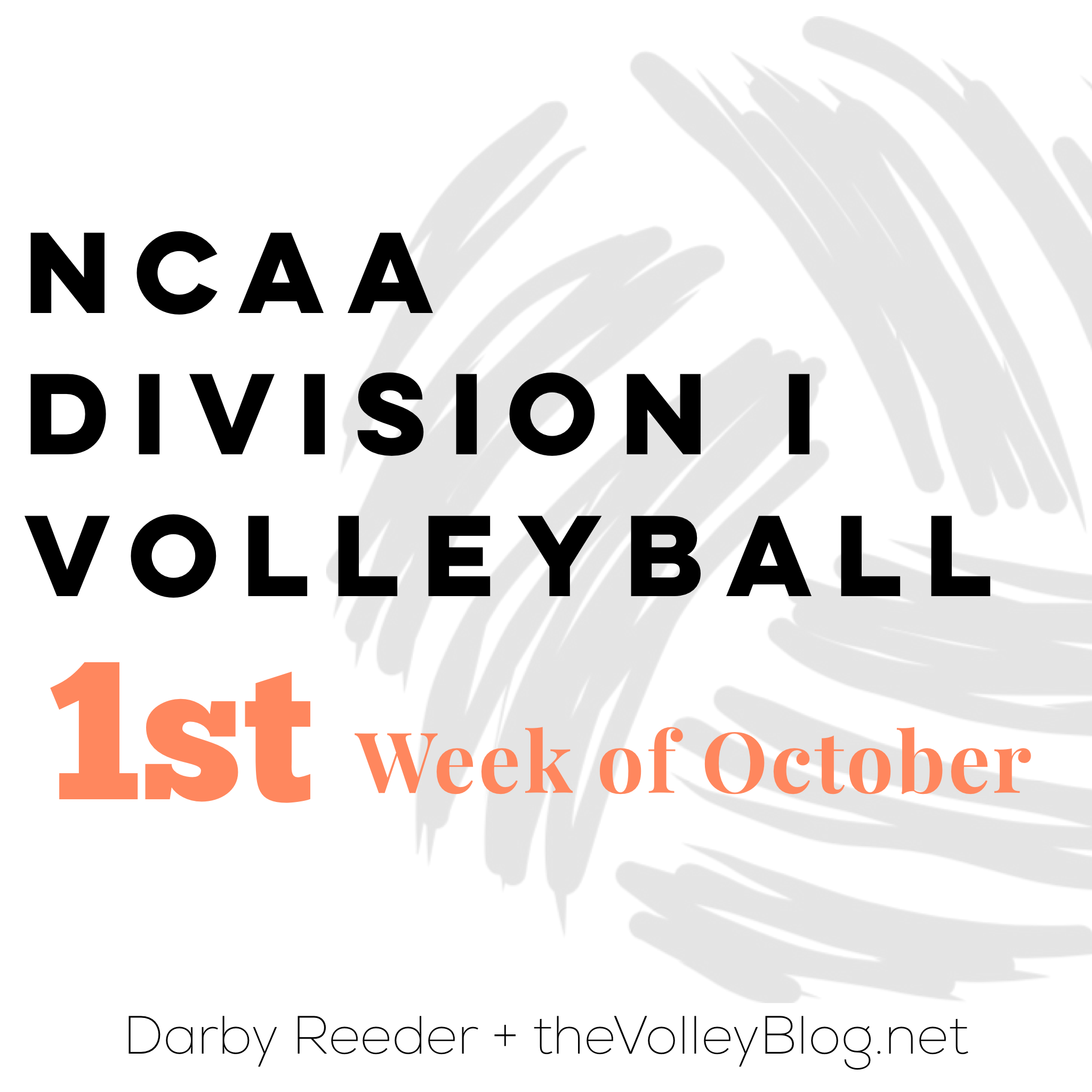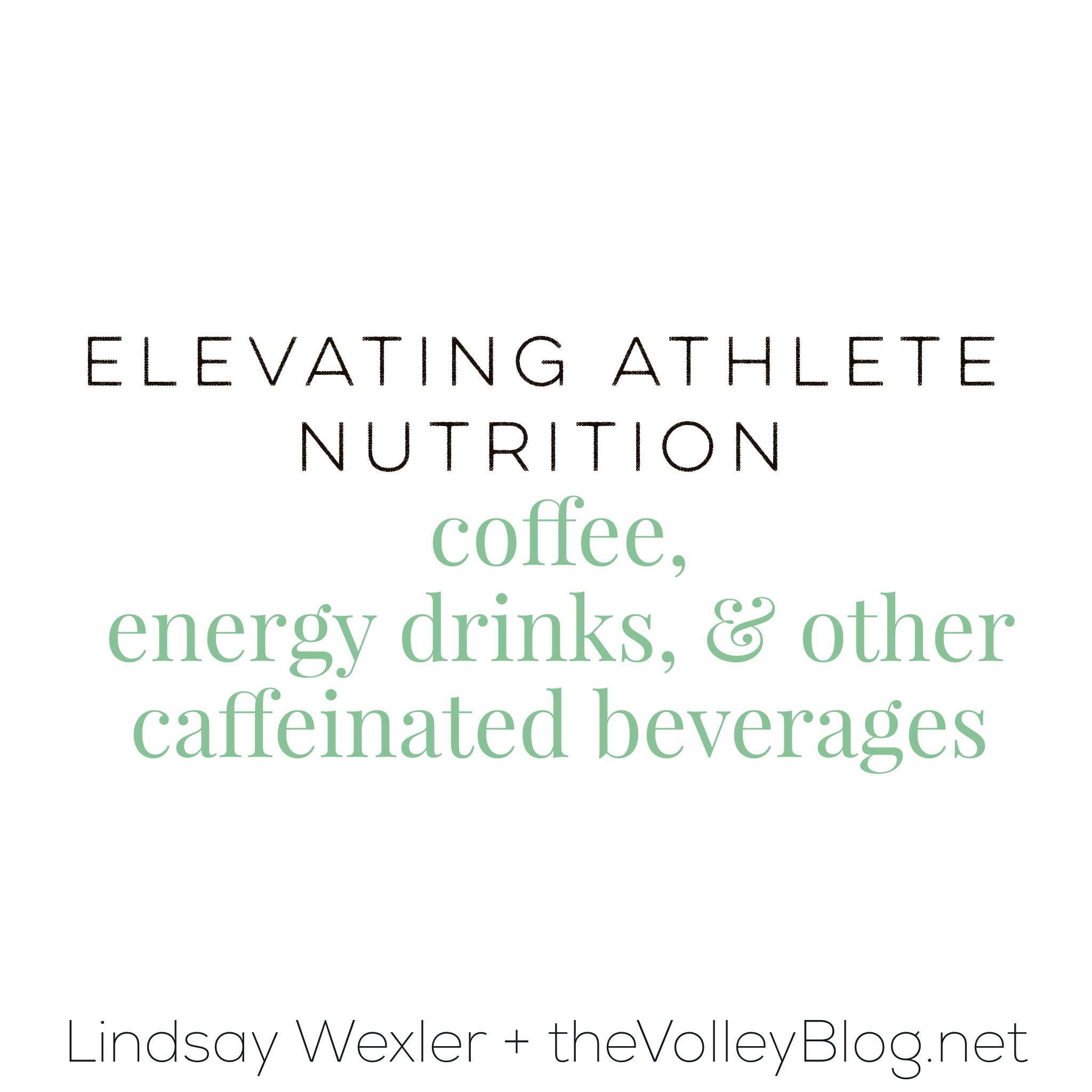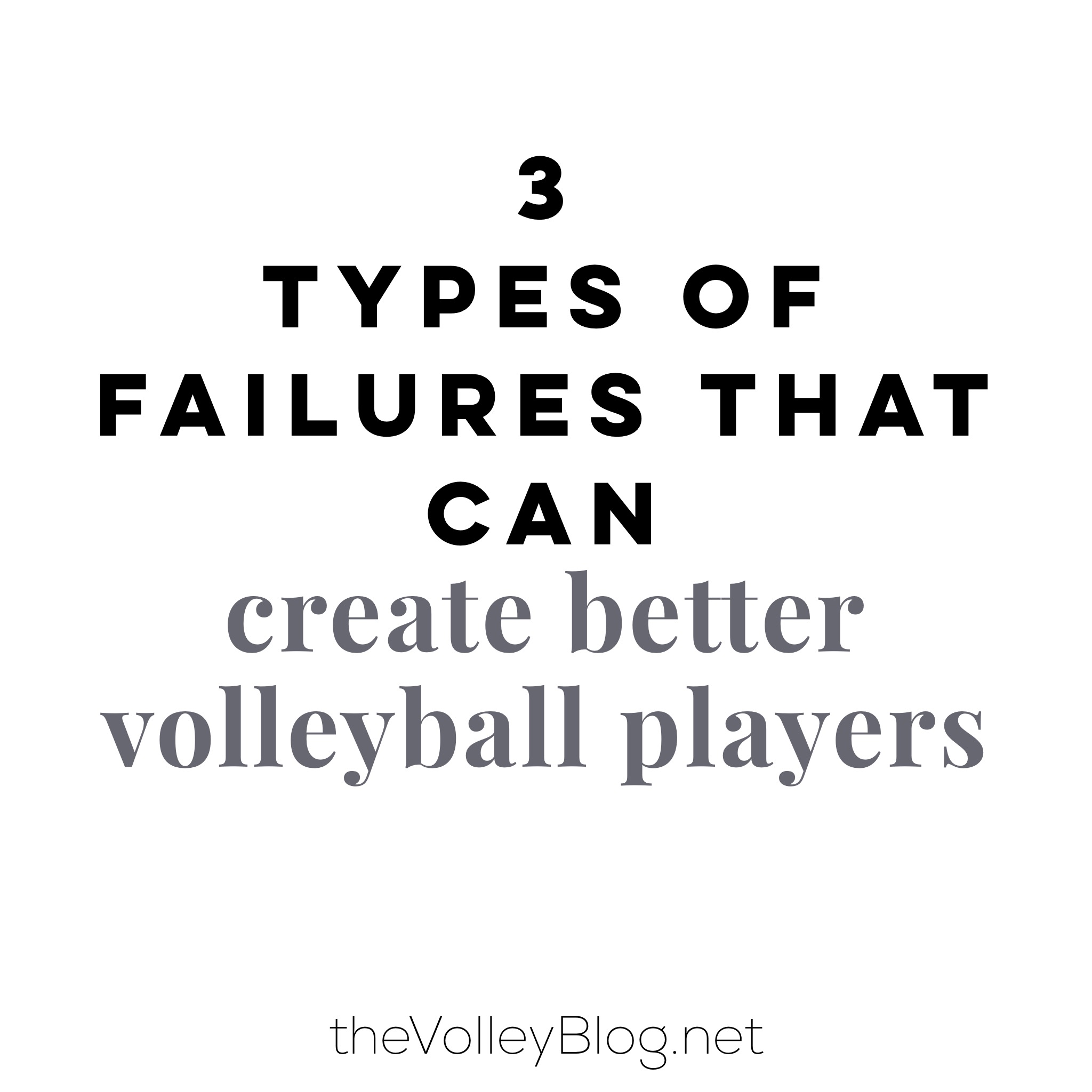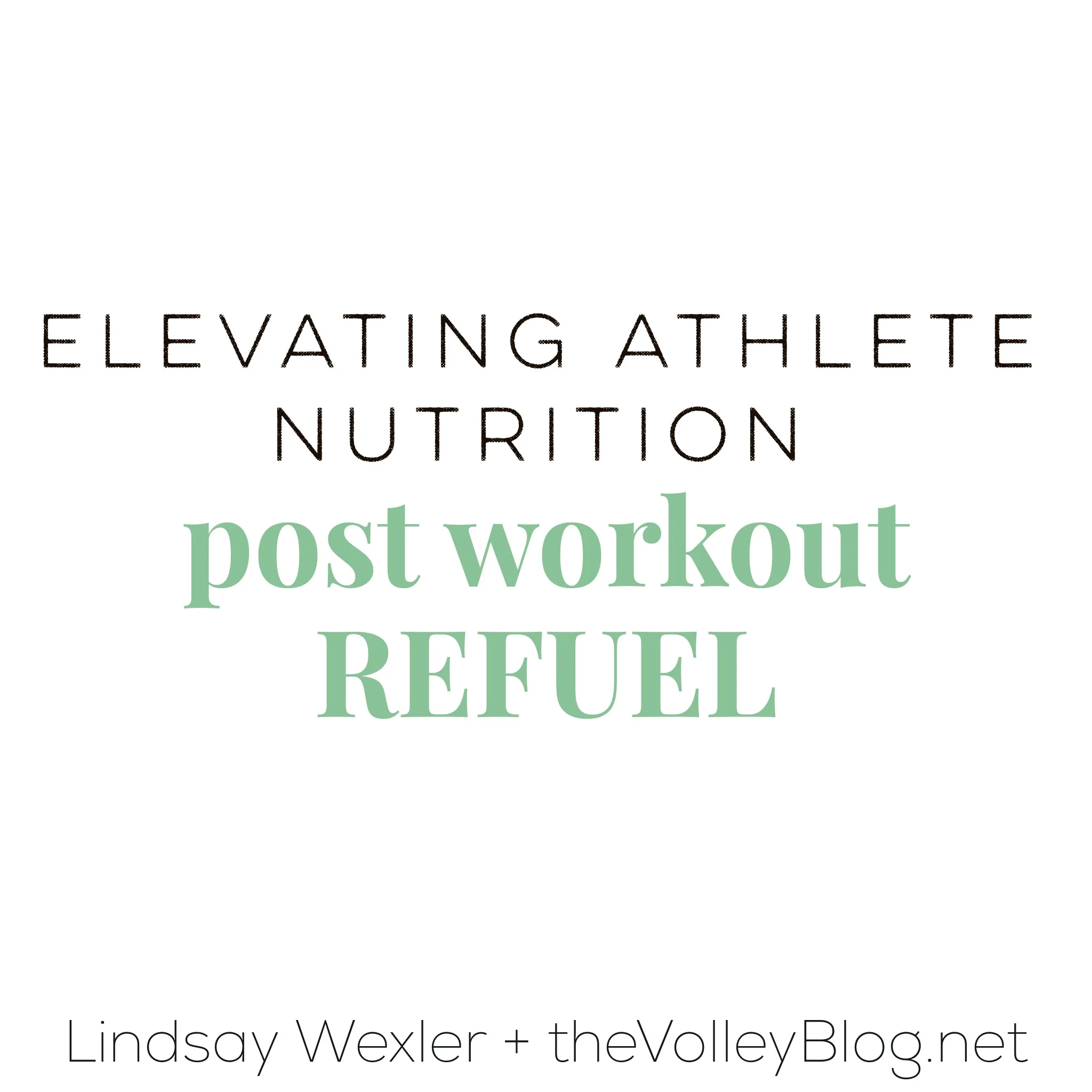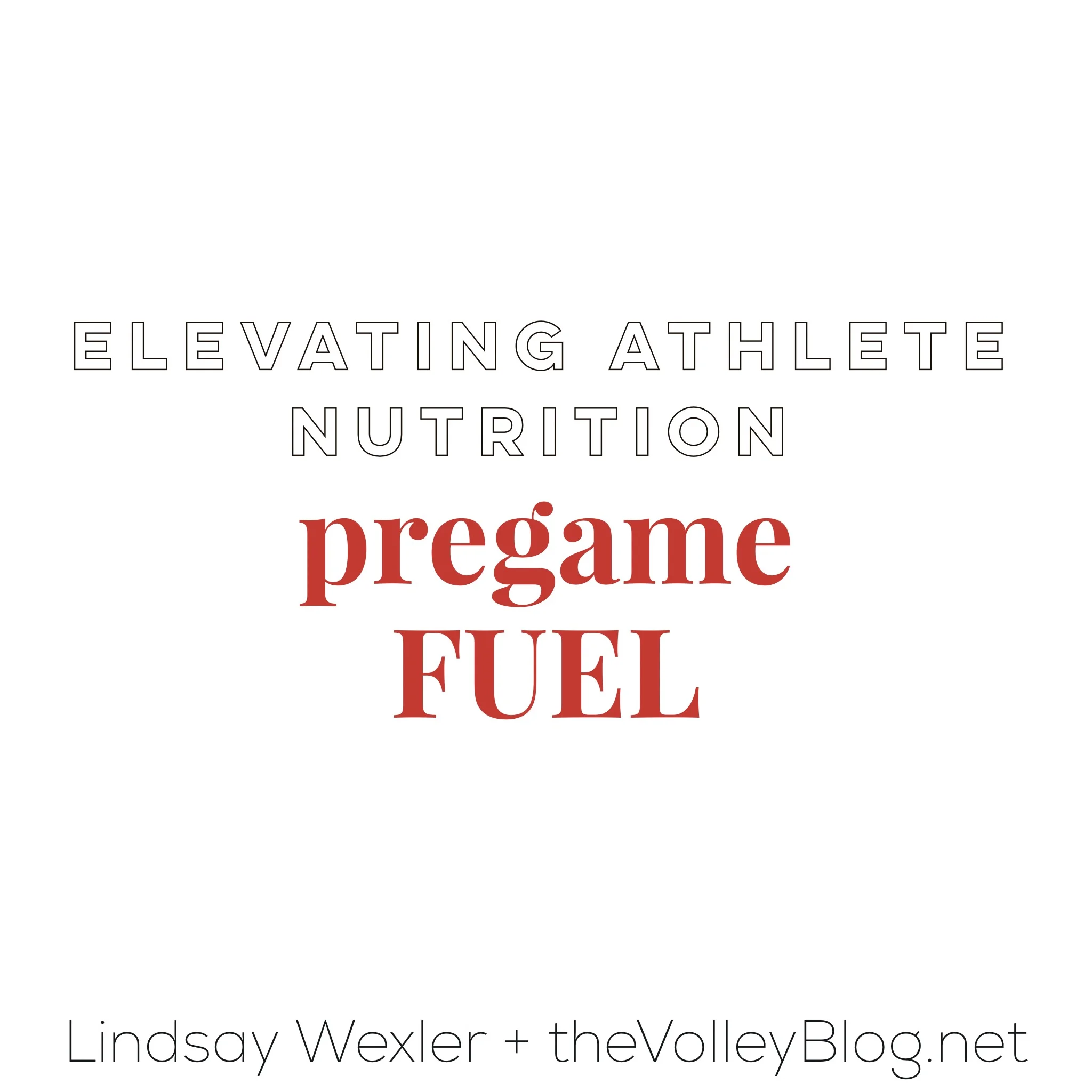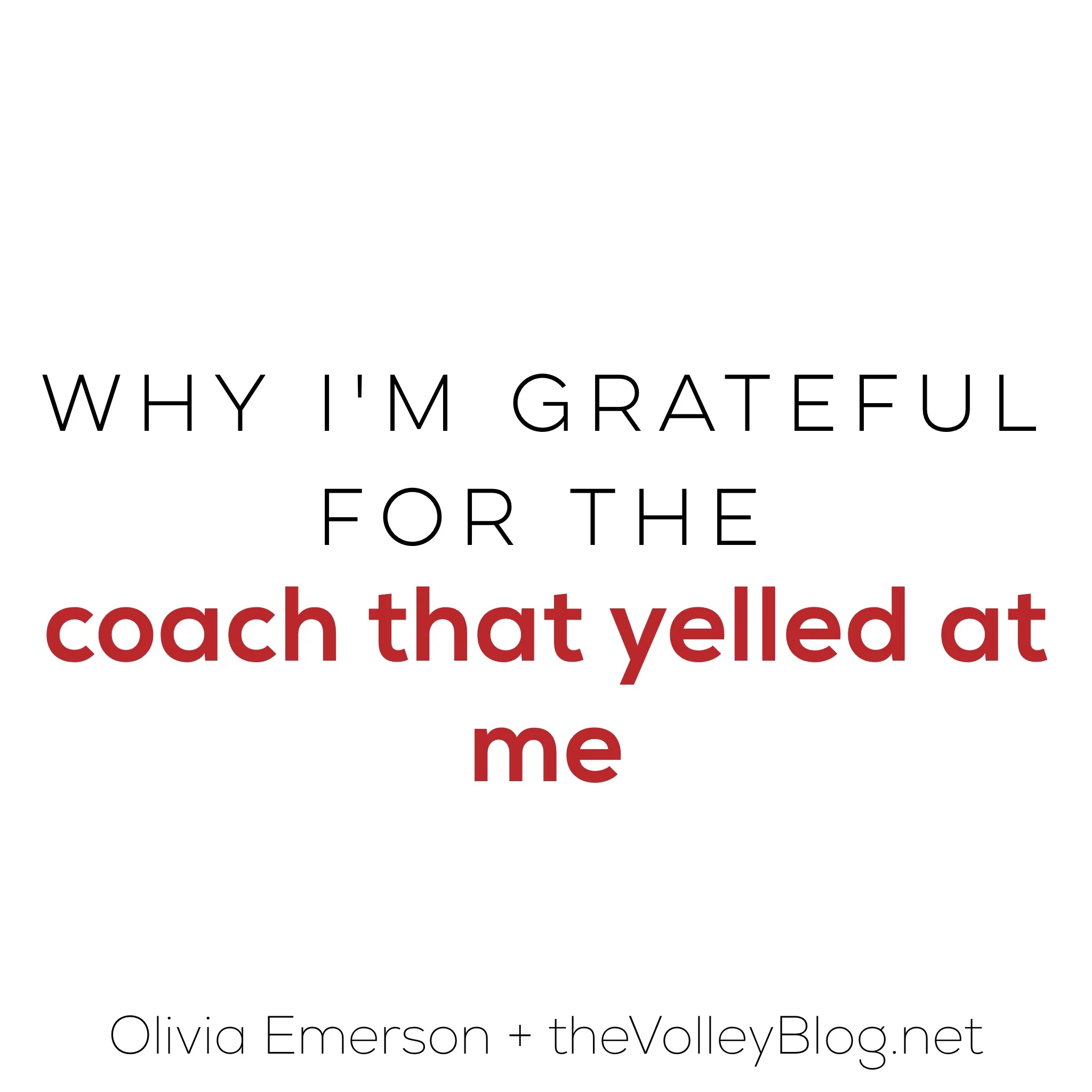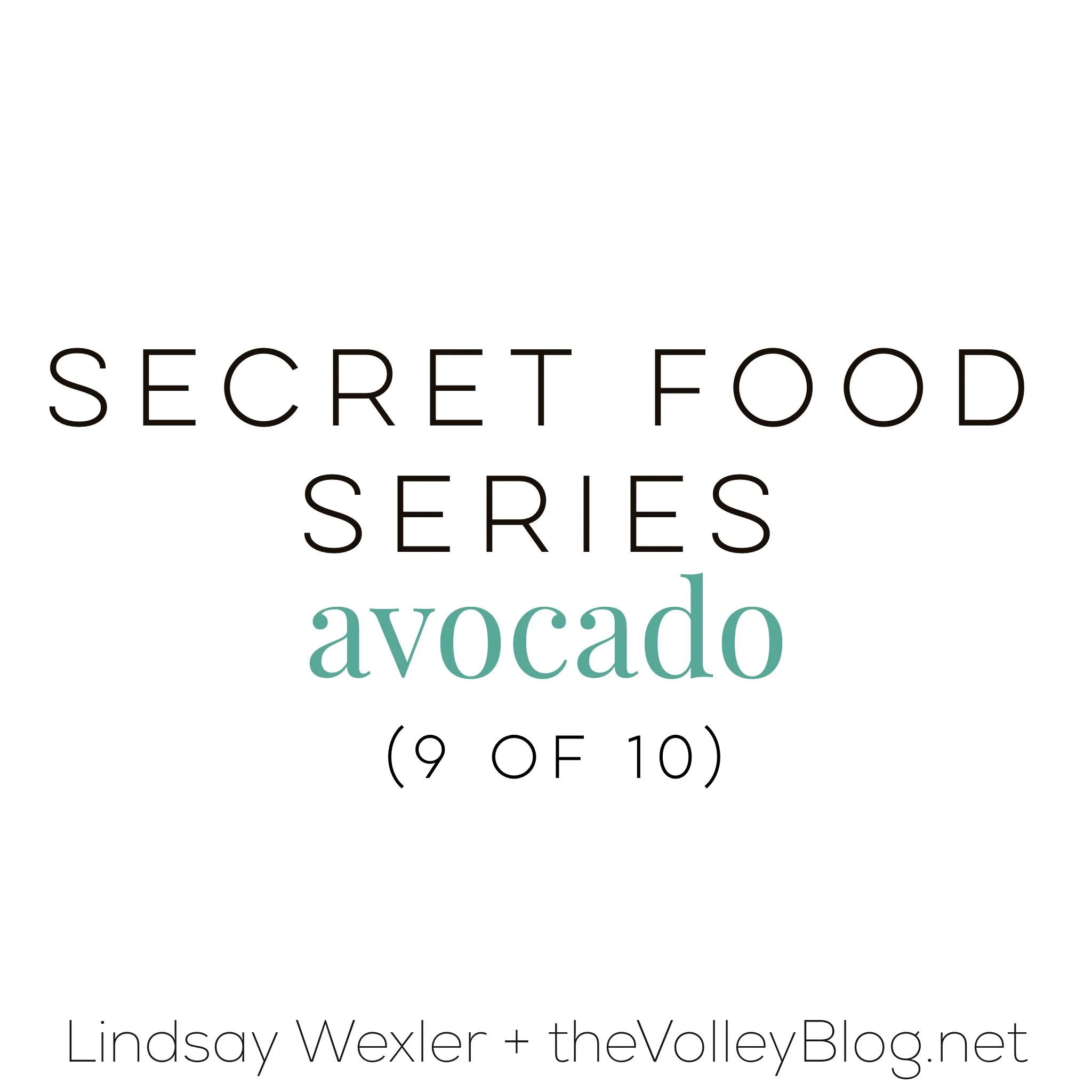As a volleyball player, getting hurt happens. Volleyball player injuries can be a super downer on your momentum and psyche. It can be disheartening and frustrating when you can’t train to your full capacity.
Depending on the injury, research has shown that icing, message, compression, rest, strength work and elevation are all helpful components of treatment for injuries. Thankfully, there are healing foods that aid muscle recovery, tendon injuries and help decrease healing time to get back into rotation. Your body is built to heal from the inside out and eating recovery foods is extremely important in the healing of injuries. If you provide the right foods and nutrients for your body during recovery and healing, the duration on an injury can be shortened.
So, that is why we will be discussing some of the top 6 helpful foods for recovery! These foods should be incorporated daily, if possible. When we focus on the foods to add, it helps decrease the foods that may be slowing us down.
What to include in your diet, #4
Protein
What is it?
I know you’ve heard of it! We eat protein daily. But what really is a protein? Proteins are found throughout the body- it is in skin, muscle, bone, hair and nearly every tissue. Proteins are big complex molecules required for structure, function and regulating the body’s tissues and organs. Protein makes up about 15 percent of a person’s body weight. Chemically, proteins are composed of amino acids, organic compounds made of carbon, hydrogen, nitrogen, oxygen or sulfur. Amino acids are the building blocks of proteins, and proteins are the building blocks of muscle mass. Protein that we eat is a macronutrient (meaning a nutrient that we absolutely need to consume them to live) and is extremely important for building muscle mass.
How does protein help with healing?
Let’s speed up our recovery. Consuming protein rich foods will aid healing and are essential in coming back from a sports injury. The body makes millions of new proteins daily to replace worn-out proteins who make connective tissue, red blood cells, and muscles. While exercising, muscle tissue is constantly broken down at a high level. Additional protein building blocks, amino acids, are needed to make repairs to stop small injuries from becoming major ones. Long protein chains are made from these amino acids, and these guys make up the basic structural unit of a collagen fiber. Collagen fibers give connective tissue its stretchy strength. If inadequate protein is consumed, our bodies are unable to repair damaged tissues. Therefore, eating adequate protein will help us recover from an injury more quickly.
What foods contain protein?
All food made from meat, poultry, seafood, beans, peas, eggs, soy products, nuts and seeds are considered a protein. There are two types of proteins. Animal proteins and vegetable proteins. Animal and alternative/plan protein sources are all good options. However, vegetarian protein sources such as fruits, vegetables, grains, nuts and seeds lack one or more essential amino acid. Vegetarians need to eat a variety of protein containing foods every day to get all the amino acids needed to make new proteins.
High protein foods
Protein Food - Grams of Protein per Serving
- Lean ground beef/turkey - 18 grams per 3oz
- Pork/tenderloin - 24 grams per 3oz
- Salmon - 23 grams per 3oz
- Tuna - 25 grams per 3 oz
- Greek yogurt - 23 grams per 8oz
- Turkey breast - 24 grams per 3oz
- Navy beans - 20 grams per cup
- Cottage cheese - 14 grams per ½ cup
- Lentils - 13 grams per ¼ cup
- Mixed nuts - 5 grams per 2 oz
- Quinoa - 8 grams per 1-cup
- Edamame - 8 grams per ½ cup
- Eggs - 6 grams per egg
- Milk - 8 grams per cup
How to get enough in?
Athletes, such as volleyball players, typically need 1 gram of protein per kilogram of body weight. With injuries, needs can increase up to 1.2 grams per kilogram of body weight. To figure out specifically how much you need, here is an example: if you weigh 120lbs, divide this number by 2.2 to get your weight in kilograms. Multiply this number by 1-1.2 to get a range of your needs (120 lb / 2.2 = 54.5 kg –> 54 kg x 1-1.2 = 54.4-65g)
Generally, your protein needs can be obtained by consuming 20-30 grams of protein per meal and 10-15 grams of protein per snack. If you see the chart above, you can get a general sense of how to get enough in at each meal. You can combine more than one protein at a meal if under 15 grams.
Consuming more than 30 grams of protein per meal or snack is not recommended. Our bodies cannot process over 30 grams at a sitting, the extra is stored as fat. Also beware of some protein powders, they may contain more protein than needed. Read the label! Aim for 15-30grams per serving max. If you have questions regarding these, feel free to shoot me an email!
I hope this helps you stay on point! If you have any additional questions, or need more help with power fueling, shoot me an email! at elevatemynutrition@gmail.com I’d love to help you!
Eat power food, be powerful.
Lindsay Wexler, RDN, CSSD, LD
Clinical Dietitian, Board Certified Sports Dietitian
Website: ElevateMyNutrition.com
Email: elevatemynutrition@gmail.com



